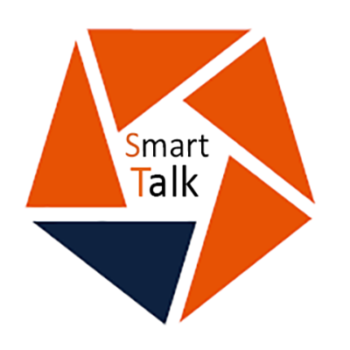I have recently picked up the current edition of E&T magazine ( Volume 11, Issue 9 October 2016) and to my surprise found two articles that boosted my confidence around finding new ways to do things in the electricity network arena. It is so refreshing to see that engineers are not stuck in the mould of “that’s the way we have always done things”, but rather there is the hope of new and innovative ways for solutions to be found to tackle long standing engineering challenges.
I refer firstly to the article “ How the internet of things can help keep the lights on” by Martyn Williams. What encouraged me about this article was the simplicity of some of the very basic matters the energy industry is trying to address. The transition from a relatively few large power plants to a large number of highly distributed power generation plants providing the energy for the country, fundamentally trying to have supply / demand balance occurring as locally as possible presents a number of challenges around system stability and control. The very clear signalling that IOT can be a suitable tool to help enable that control and stability is well described. Turning that clarity into actionable results through the leadership of the sector is a challenge – but one which the leaders of this sector of industry are more than capable of taking on. The blending of IOT/SENSING AND LOCAL CONTROL, offers huge potential for transforming our electricity industry infrastructure. In ten years the evolution will have happened and we will have witnessed the transition and the benefits. For power, communications and ICT engineers there can simply be no greater an opportunity to see such a massive transition.
Secondly the article “DC’s Low Voltage Invasion” by Chris Edwards, lays out a range of ways in which the emergence of DC as an active component of electric domestic/commercial infrastructure is emerging. This challenges a number of norms – topics such as security of supply being provided by local storage – as distinct to being provided by the grid – to the existence of a blend of DC and AC circuits being present through premises, all add to a range of new tools being available for energy management. It’s clear this technology is developing and the range of potential options is increasing. Efficiency, space and ease of use for integration purposes are all quoted as being key USP’s for potential DC solutions.

